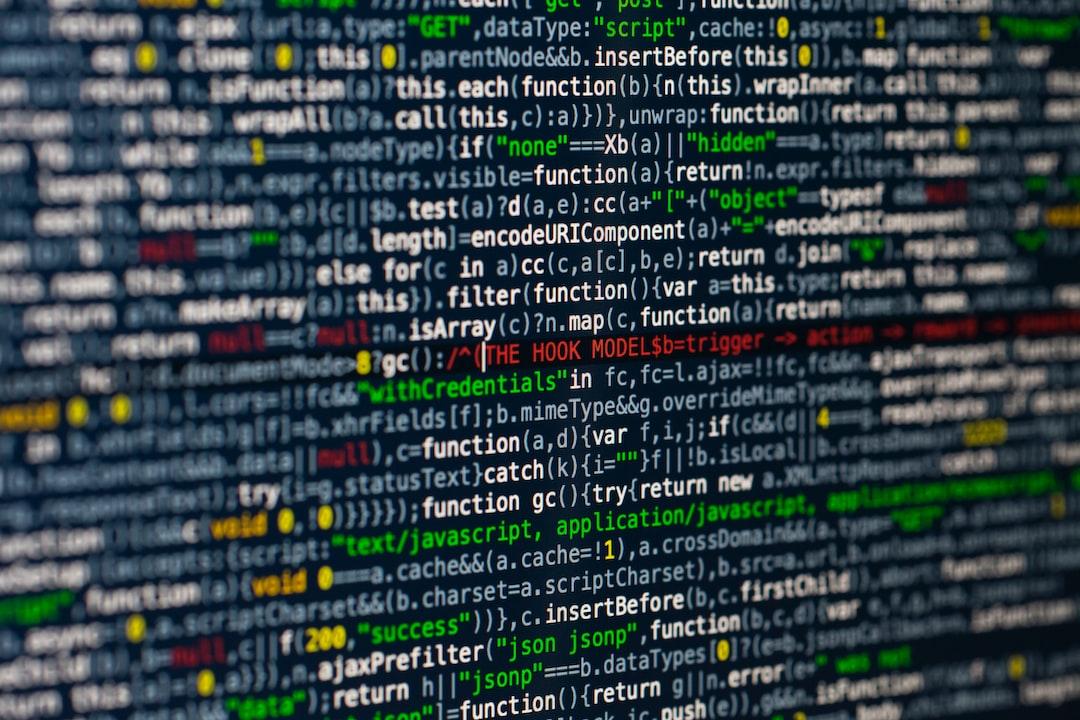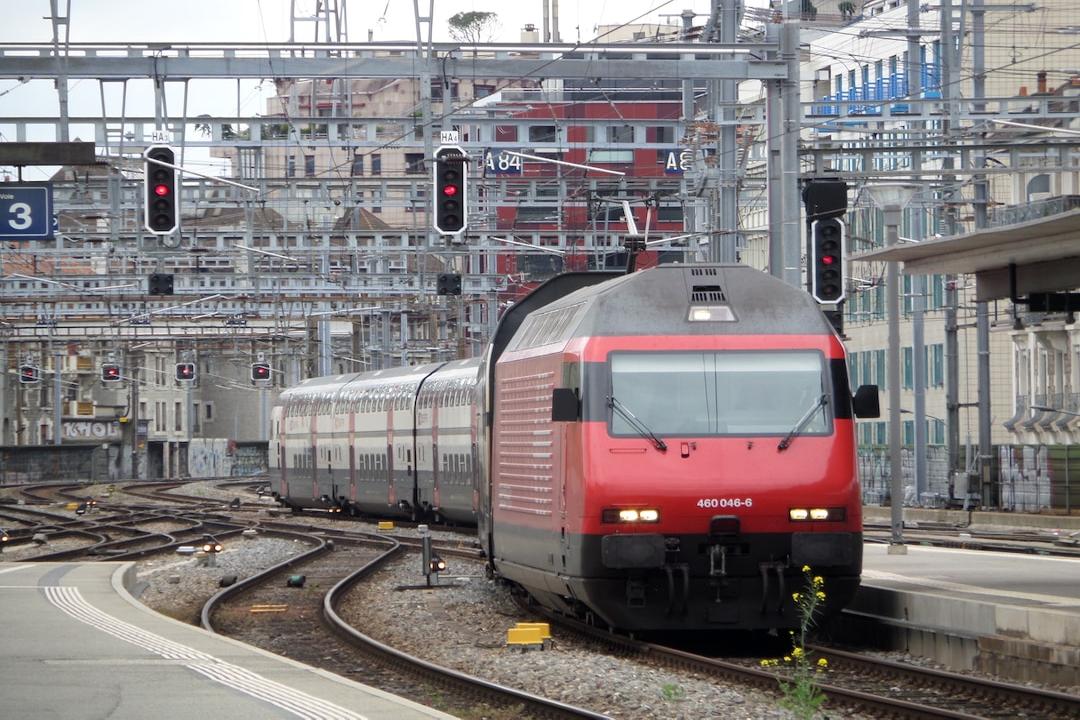What is the decentralized AI computing resource platform io.net? The IO token is expected to launch on Solana soon. What are the advantages and challenges of the DePIN project, which is a focus of the market? This article will provide a detailed analysis and introduction.
(Content is not investment advice)
Contents:
Toggle
Introduction to io.net
What problem does io.net want to solve?
Large global market gap for GPUs
Increasing hardware threshold for AI startups
Design concept of io.net
Supply side: Incentive model attracts market to rent idle computing resources
Demand side: Customers can effectively utilize computing resources through cluster allocation
Potential risks of io.net
Token economics of io.net
Basic information of IO token
Utility of IO token
Distribution model of IO token
IO token airdrop opportunity
Solana seizes the DePIN narrative
Established in February 2023, Solana Hackathon
io.net
is a decentralized GPU distribution infrastructure built on the Solana network. It aims to provide more efficient and flexible computing power for machine learning, making it more scalable for development teams to train model calculations.
Advertisement – Continue reading below




In just one year of development, io.net has already received a $30 million investment in March this year due to its relevance to industry trends and the team’s development. Investors include Hack VC, Delphi Digital, Solana, Aptos, Foresight Ventures, ArkStream Capital, and other well-known institutions, which has attracted more attention to this DePIN project.
In recent years, due to the rapid development of the AI industry, existing cloud computing services are not enough to meet the demand for machine learning and AI-related computing in the market, and global computing resources are gradually becoming inadequate.
AI development teams need to face a seller’s market, which indirectly leads to their dependence on cloud vendors’ GPU hardware specifications, location, security levels, latency, and other options. Buyers have almost no choice, let alone the inability to use mainstream GPU models for customized needs.
The existing CPU and GPU computing power and quantity cannot meet the needs of machine learning applications, and considering the longer supply cycle of GPUs, it is unlikely that this problem will be solved quickly.
Due to the scarcity of computing resources and the increasing competition of AI models, small companies and teams without large capital injections cannot afford to purchase large amounts of computing equipment and management costs (which may reach hundreds of thousands of dollars per month), resulting in low training efficiency and long-term difficulty in consolidating competitiveness.
The market needs a more flexible way to allocate computing resources.
io.net attempts to solve the above problems by utilizing underutilized GPU resources outside of cloud services. These computing resources may come from:
Independent data centers: There are thousands of independent data centers in the United States alone, but the average utilization rate is only 12% to 18%.
Cryptocurrency miners: After Ethereum switched to proof-of-stake (POS), some miners have idle capacity.
Consumer-grade GPUs: Consumer-grade GPUs account for 90% of the total supply, but most resources are hidden in consumer households and are not fully utilized.
Overall, the io.net team estimates that these computing resources can provide more than ten times the additional computing resources. Therefore, the team’s goal is to build a service architecture that can effectively utilize these resources.
Through the incentive model of cryptocurrencies, io.net allows users with idle GPU resources to rent out their computing resources. These computing resources will be combined in the decentralized network of io.net, allowing the development teams that need them to access and customize the required computing resources freely, quickly, and without permission.
The rental fee will be determined based on GPU specifications, brands, security, compliance certifications, etc. However, the team stated that with its integration capabilities and unique pricing mechanism, it can be 90% cheaper than traditional cloud vendors, giving it an advantage in renting computing resources.


The io.net team claims that its own service has higher computing efficiency
(Source)
Clients who rent computing resources can maximize their own needs and efficiency by choosing existing diverse clusters or creating unique filtering criteria for clusters. For example, they can choose a computing resource cluster that is 100% supplied by green energy to meet ESG goals, or choose computing resources in Taiwan to reduce costs and speed up connection speed.


Common clusters that can be chosen in io.net
On the other hand, compared to traditional cloud vendors such as AWS, io.net has no contract restrictions and does not require permission. Users can access and deploy clusters within 90 seconds.
In fact, whether io.net can be adopted by the mainstream market is still a big unknown. Both computing resource suppliers and renting teams are relatively unfamiliar with this model, and its implementation is expected to face certain challenges.
On the other hand, there will also be many short-term hunters participating in other non-compliant ways, such as io.net recently
stating
that it will prohibit virtual GPU suppliers from participating. How to effectively grasp the incentive model to promote the service without causing adverse effects is a major challenge for the io.net team.
io.net uses blockchain as its settlement network for the incentive layer, which allows it to use token incentive models to build such decentralized business models that integrate idle computing resources. The native token of the io.net project is IO, but it is currently not officially launched, so detailed information and data may change.
Name: IO Coin
Mainnet: Solana (SPL)
Address: Not online, expected to go live soon.
Total supply: 800 million
Token for GPU renters:
If these renting development teams use IO to pay for the rental fees of GPU clusters, they will not be charged any transaction fees (USDC payments require a 2% transaction fee).
Token staking requirement for GPU suppliers:
Suppliers of computing resources need to stake a certain amount of IO tokens to obtain idle rewards (IO token rewards when not rented). Detailed quantities will be announced by the official team.
Token staking:
Anyone holding IO tokens can stake them in the protocol on Solana to obtain staking rewards.
According to the io.net whitepaper, the total supply of IO tokens is 800 million, of which 500 million will be released at launch, and the remaining tokens will be unlocked hourly for GPU suppliers and token stakers. The release rate is 8% in the first year, decreasing by 1.02% per month, and is expected to be distributed in about 20 years.
It is expected that io.net will have a token buyback and burn mechanism, which means that a portion of the team’s income will be used to repurchase IO tokens on the market and burn them, effectively giving back to token holders.
Detailed figures and models still require further information from the official team.
Since the team has already indicated that tokens will be issued and the only way to participate currently is to rent or lease computing resources, general users may try renting their home computer resources and may have the opportunity to participate in io.net’s airdrop activities.
(Content is not investment advice)
Solana has recently received a lot of attention from the market. In addition to meme coins and NFTs, many in the community believe that due to its high-performance network, DePIN may become the next growth driver for Solana, and the efforts of Solana in this area are clearly evident.
Recommended reading:
DePIN | Messari aggregates industry development status and project introductions
Reason for recommendation: This article provides a higher-level view of the current development status and trends of the entire DePIN industry, and lists various applications and projects in various fields, which can provide readers with a more comprehensive understanding of this emerging industry. The article also points out the advantages of Solana in developing DePIN.
In addition to nurturing io.net, many projects have also switched, including Helium, Render Network, Hivemapper, and other leading applications have joined its ecosystem.
(Helium Mobile, a decentralized network, offers 5G unlimited data plans cheaper than Chunghwa Telecom)
(AI veteran project Render Network (RNDR) upgrades to Solana network)
Whether it is self-cultivated teams in the ecosystem or commercial development to attract existing projects, Solana undoubtedly has a place in the DePin field.
AI
DePIN
io.net
Solana
Decentralized computing


Further reading
Binance Research 2024 Report | Major Trends in Blockchain and Cryptocurrency
DePIN | Messari aggregates industry development status and project introductions

